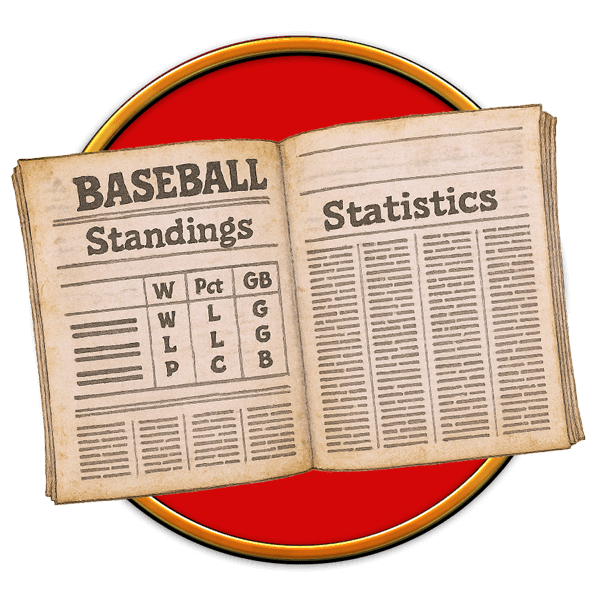Before smartphones, before fantasy leagues, before you could check a pitcher’s spin rate while brushing your teeth, there was the sports section. Specifically, the baseball box scores—printed in impossibly small type and packed tighter than a minor league bullpen.
Waking up and grabbing the morning paper wasn’t just a routine—it was a mission. You didn’t read the news. You hunted for the stats, flipping straight to the agate type in the back like a treasure map for baseball nerds. You’d trace your finger down the endless columns: AB, R, H, RBI, AVG… pure poetry in shorthand.
You weren’t looking for headlines. You were looking for proof. Did Reggie go yard last night? Is Brett still flirting with .400? Why the hell did that reliever give up 5 earned in two-thirds of an inning?
There was something magical about the limitations. No video. No highlights. No hot takes. Just numbers—cold, clean, and glorious. A snapshot of the game, distilled into rows and decimals. You’d memorize the leaders in batting average, RBI, and home runs like they were gospel. And if your guy cracked the top 10? You’d walk into homeroom with the swagger of a man whose second baseman just went 3-for-4.
The paper would be folded and refolded, corners dog-eared, margins marked with circles or underlines. You might even cut out a stat line and tape it to your bedroom wall like a diploma.
We didn’t need analytics. We had AVG, HR, and ERA, and we liked it that way.
The ink stained your fingers. The paper smelled like breakfast. And for a few minutes each morning, you weren’t just a fan—you were a scholar of the sport, decoding the language of legends, one tiny number at a time.








